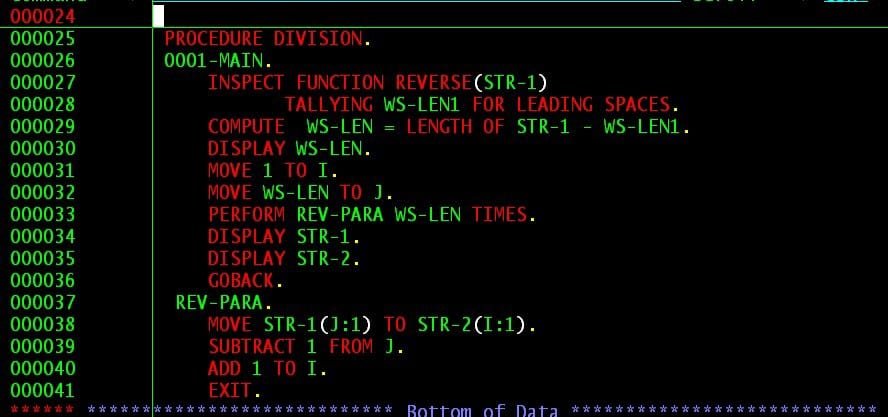COBOL: An Old Programming Language Is Threatening Global Stability

COBOL, which stands for Popular Business Oriented Language and was first formed in 1959.
As mentioned by CNN, the US government has raised the prospect of COBOL programmers shortage to help them tackle the US pandemic particularly where it is still commonly used today.
New Jersey Governor Phil Murphy has recently released a call for volunteers who know how to code the language of decades-old computer programming, since many of the state’s systems still operate on older mainframes.
Also read: BTS to bring their past concerts on YouTube
A recent study highlighted a surprising fact: 64% of mainframe-powered organizations expected to operate on the platform more than half their mission-critical workloads in 2019, an improvement from 57% in 2018.
Connecticut is also affected by a shortage of COBOL programmers, as the state is currently struggling to handle the huge amount of unemployment claims using a COBOL mainframe and four different programs. New Jersey is facing a similar situation when in the past two weeks 362,000 of the state residents have applied for unemployment, and its 40-year-old mainframes are now being crowded.
Also read: Microsoft Surface Go 2 rumored to hit shelves in coming weeks
What is COBOL?
For example, a Reuters 2017 report revealed that 220bn COBOL lines are still in use today, as 43 percent of banking systems and 95 percent of ATM swipes still rely on the aging computer programming language.
COBOL is still now used by the US federal government through a number of departments, including the Department of Veteran Affairs, the Department of Justice and the Administration of Social Security.
A study by Micro Focus earlier this year highlighted the fact that most companies are in favor of transformation as an avenue to strategic change implementation. In other words, they resist removing or eliminating their COBOL programs because they strive to have a low-risk and efficient way of changing IT to support digital business initiatives.
Research Snipers is currently covering all technology news including Google, Apple, Android, Xiaomi, Huawei, Samsung News, and More. Research Snipers has decade of experience in breaking technology news, covering latest trends in tech news, and recent developments.











